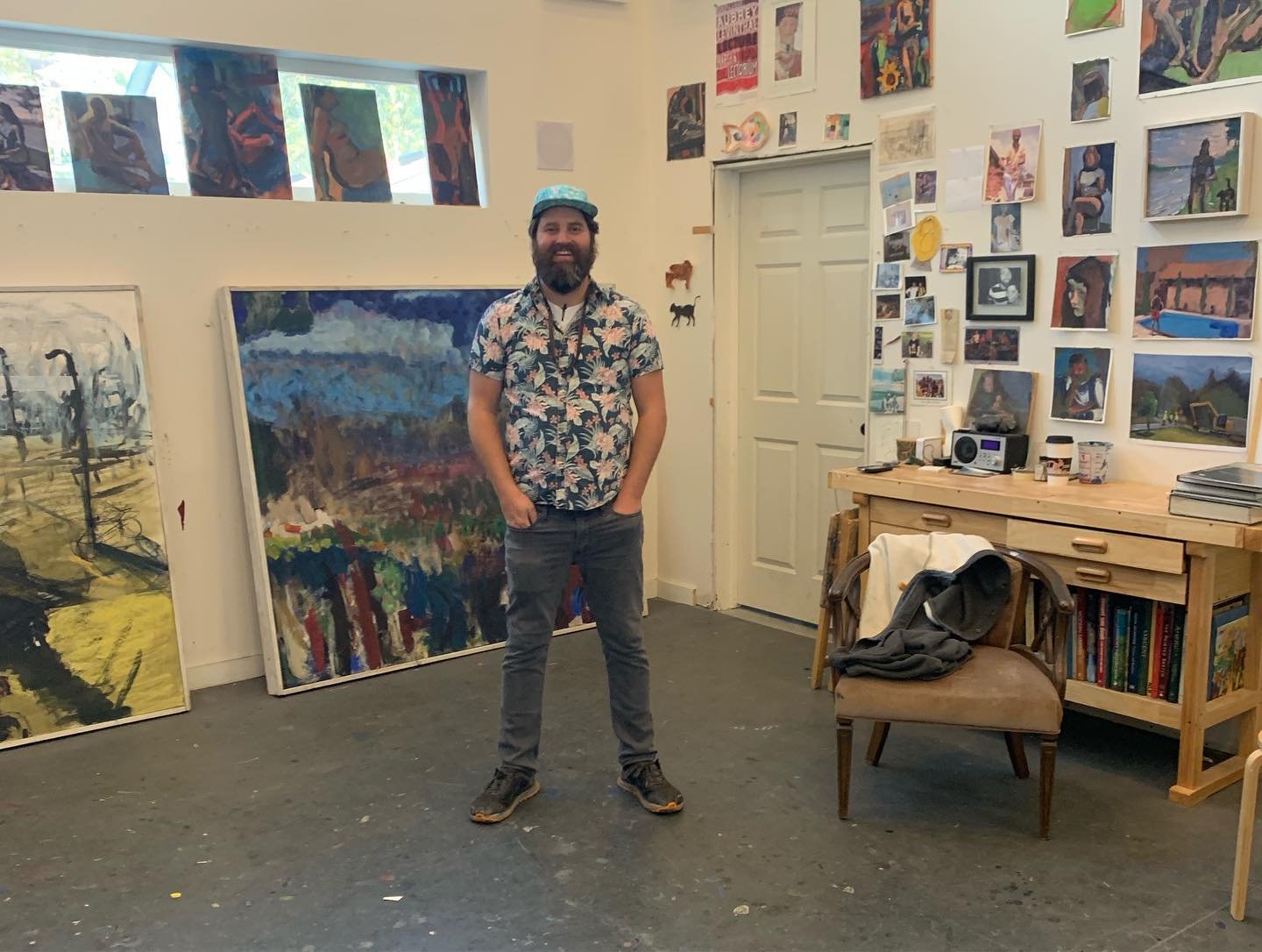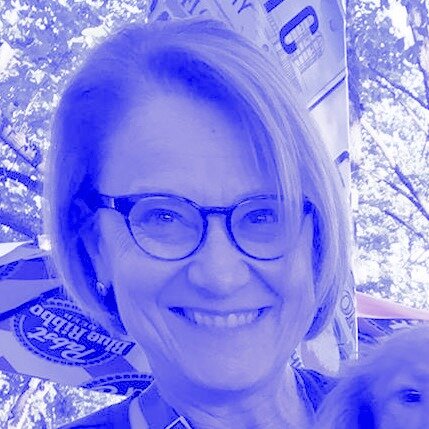Aaron Lubrick opens "Affirmations of Color and Life" at Pyro Gallery on September 2 and invited members of The Allied Drawers Consortium to show with him. He, Noah Howard, & Kevin Arthur join us to talk about it. Tune in to WXOX 97.1 FM/Artxfm.com Thursday at 10 am to hear Artists Talk with LVA.
AFFIRMATIONS OF COLOR AND LIFE & THE ALLIED DRAWERS CONSORTIUM: PAINTINGS & DRAWINGS
September 2 through the 25th at Pyro Gallery
“Affirmations of Color and Life” are recent painting of Aaron Lubrick. Lubrick’s work depicts many scenes from his daily interactions of being an art teacher, father, and artist. Finding moments of color orchestrated within compositions of playgrounds, construction scenes, and still-lifes. Lubrick relies on symbolism and an overall sense of gesture to make his paintings feel fresh and alive.
The Allied Drawers Consortium will also be represented in September at Pyro Gallery. Each artist will have one figure drawing represented and one personal piece of art. Aaron Lubrick was a founding member of The Allied Drawers Consortium. The following member artists have been drawing together for 5 years now: Noah Howard, Colleen Clines, Maggie Clines, Richard Sullivan, Kevin Arthur, and Aaron Lubrick.




























